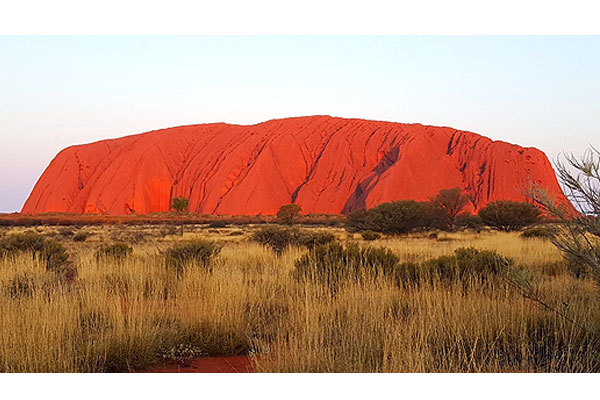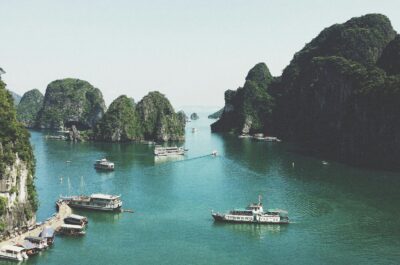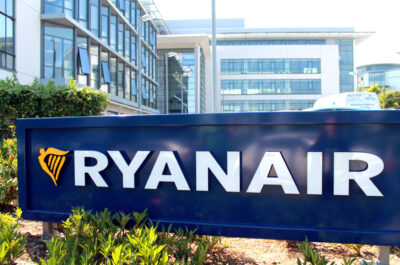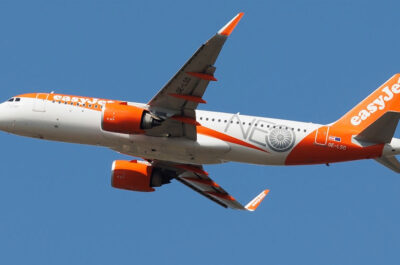
Uluru.
The global economy is facing an uncertain future. Political instability and extreme weather are causing havoc in many developed nations. Hurricane Irma has left a swathe of devastation across the Caribbean and southern US states, which is likely to cost billions.
Australia is not immune to global economic problems, but it has fared a lot better than other countries since the 2008 global recession. Some sectors are booming whereas others are in decline, so what impact is tourism likely to have on the Australian economy moving into 2018?
A Growth Industry
Travel and tourism is an important part of the Australian economy. The sector contributes 3.1% the Australian GDP and employs around six million people. Experts believe that tourism has the potential to be a key area of growth moving forward into 2018 and beyond, despite political and economic instability worldwide. With the decline of other market sectors, in particular mining and construction, tourism could prevent the Australian economy from sliding into recession.
China is, by a long stretch, the biggest source of inbound tourists. This relationship was further strengthened in 2014 when China and Australia signed the historic Free Trade Agreement.
An Approved Destination for Chinese Visitors
Australia is now an Approved Destination for Chinese tourists and Chinese citizens are free to travel to Australia as part of a guided tour group. More than one million Chinese tourists visited Australia in 2016 and this figure is expected to grow exponentially.
In fact, figures published by the Australian Bureau of Statistics last year showed that Chinese visitors have doubled in the past five years, attracted by a low dollar and the warm relationship between the two countries.
The rise in Chinese tourism has surpassed all targets set in the Tourism 2020 strategy published in 2010. Unless something drastic happens, there is every reason to assume that the numbers of Chinese visitors will continue to rise, trouncing the numbers of visitors from New Zealand, which has previously been the largest source of visitors to Australia.
Chinese tourism is likely to be worth at least $9 billion by 2020, but some experts believe it could even reach $13 billion.
Training in Cultural Differences
Every dollar spent by a Chinese tourist is good for the Australian economy and The Australian tourism sector has been quick to capitalise on the increase in Chinese visitors. Many operators are training their staff in the key cultural differences between the two countries in a bid to compete for the lucrative Chinese tourism sector. Many younger Chinese visitors are familiar with tech and are familiar with the best spread betting app, but they don’t have a clue about Australian cuisine, culture, or its deadly wildlife. If Australia tour operators can make their visitors feel welcome, they are almost certainly going to want to return with family and friends.
As political headwinds strengthen overseas and it becomes increasingly challenging for tourists to travel in some parts of the worlds, working hard to attract Chinese visitors will ensure the Australian travel and tourism sector remains robust.
Tatiana is the news coordinator for TravelDailyNews Media Network (traveldailynews.gr, traveldailynews.com and traveldailynews.asia). Her role includes monitoring the hundreds of news sources of TravelDailyNews Media Network and skimming the most important according to our strategy.
She holds a Bachelor's degree in Communication & Mass Media from Panteion University of Political & Social Studies of Athens and she has been editor and editor-in-chief in various economic magazines and newspapers.































































































































































































